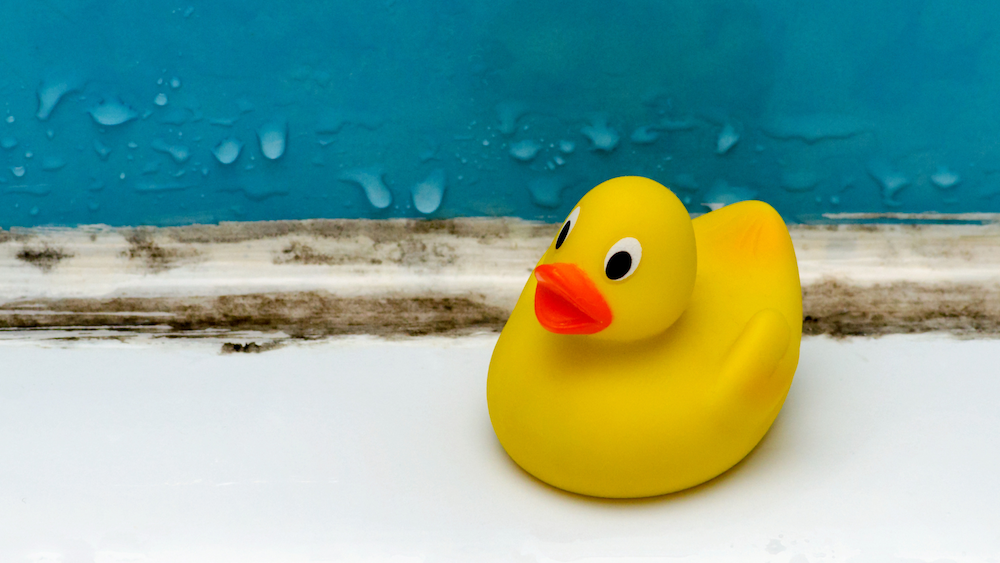For people with allergies and lung conditions, mold in their homes can prove to be a dangerous health risk. Because mold in homes is so common, it can feel almost impossible to identify, control, and stop its growth. However, by knowing where mold tends to grow and taking steps to control its development, you can protect yourself and your family.
What Causes Mold in Homes?
Mold in homes is quite aggressive in terms of where it can grow. As long as a surface is warm, wet, and provides a food source, it can become a new home for mold. This means that mold could grow almost anywhere—including bathrooms, attics, laundry rooms, living rooms, bedrooms and basements.
Where Is Mold Found in Bathrooms?
Because of regular hot showers, conditions in bathrooms are often ideal for mold growth on nearly every surface. The humidity in the air combined with heat allows mold to grow in bathtubs and toilets and on and under sinks. It can also grow on wet items like toothbrush holders, shower products, and bathmats.
Bathrooms can be especially problematic when they lack ventilation like fans or windows. They also have a lot of pipes that can leak and allow mold to grow hidden inside the walls.
Where Is Mold Found in Attics?
When hot, humid air rises into the attic and meets cold winter air, you get condensation. Just a few drops of water and some dust are enough to allow mold to take root in drywall, insulation, and HVAC ducts. Moisture is especially problematic in attics without proper ventilation. Leaks in the roof often plague attics and introduce unwanted moisture. Leaks are often the primary cause of mold growth on an attic’s walls and in stored items.
Where Is Mold Found in Living Rooms?
Unused chimneys could be nesting grounds for mold due to their dark, damp nature. And, in a living room with high humidity, furniture and curtains can become infested with mold. While you will eventually notice its smell, mold growth begins long before the odor is evident.
Houseplants can be a great addition to a living room’s decor, but sometimes they can serve as magnets for mold. Overwatering your plants can create excess moisture and provide mold with the sustenance it needs to grow.
Where Is Mold Found in Bedrooms?
In bedrooms, mold often finds a home inside of mattresses. Excess moisture can build up from body sweat, and dead skin particles provide a food source. It’s always smart to take steps to prevent mold in your bedroom. Mold-resistant mattresses and dehumidifiers can help keep your bed and bedroom free from mold. Keeping the temperature cool in your bedroom can also help prevent mold growth.
Have You Found Mold in Your Home?
If you’ve recently inspected your home and found mold in any of these locations, it’s not too late to protect your family. MoldGone’s mold remediation experts can reclaim your home and help protect it from further mold infestation. Contact us today at 480-418-7228 to get a free quote for mold removal.



